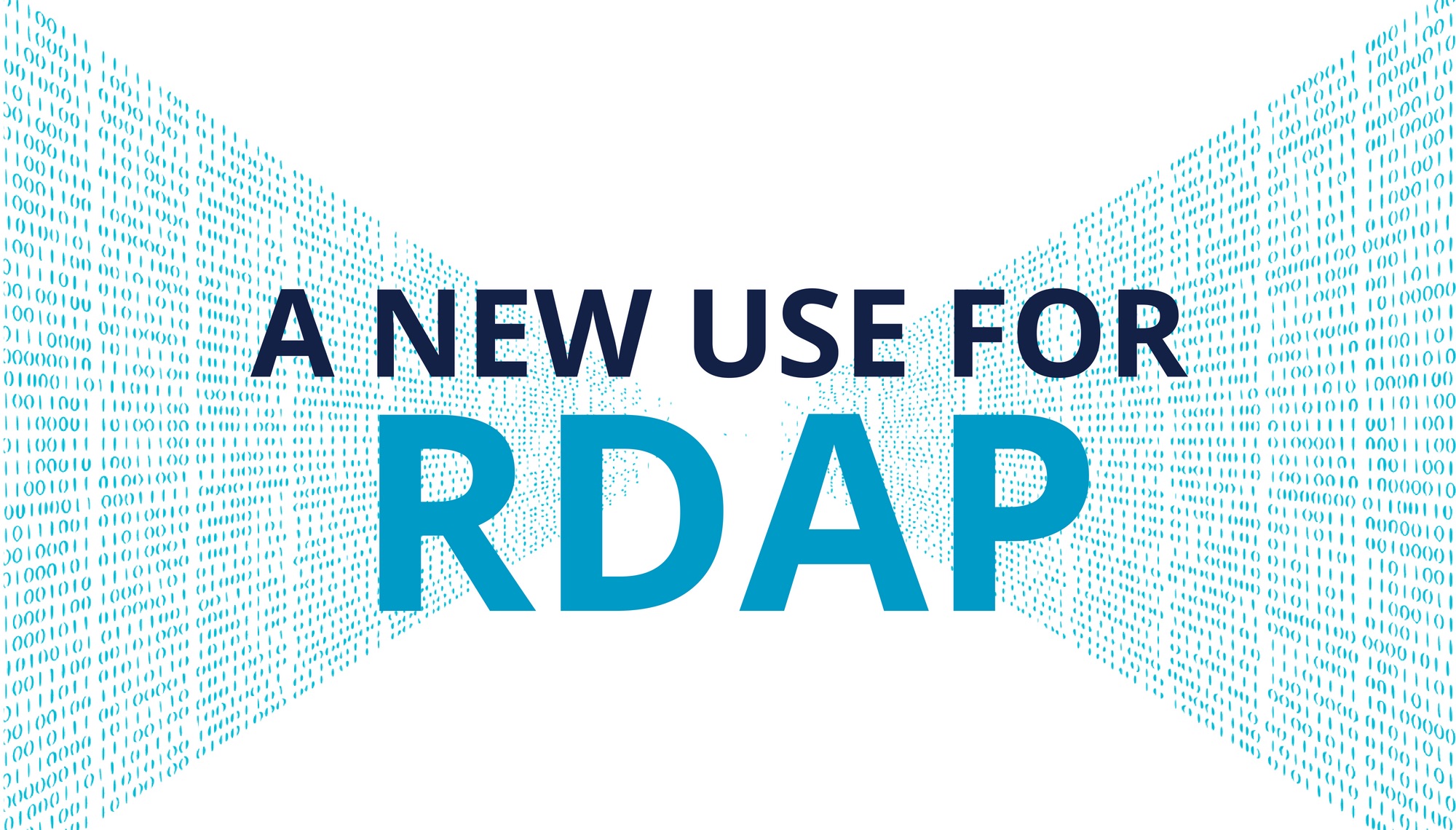
A New Use for RDAP [Archived]
OUT OF DATE?
Here in the Vault, information is published in its final form and then not changed or updated. As a result, some content, specifically links to other pages and other references, may be out-of-date or no longer available.
As you may already know, Registry Data Access Protocol (RDAP) is a Whois alternative for querying resource registration data from Domain Name Registries (DNRs) and Regional Internet Registries (RIRs) like us. You can use RDAP to query for domains, IP addresses or networks, Autonomous System numbers, nameservers, Point of Contact records, and Organization Identifiers.
We know all that, so what’s new?
We’ve been busy working on a new Origin Autonomous System (AS) query feature for you! You can now use RDAP to query the Origin AS Field.
During any IPv4 or IPv6 block transaction, IP address block holders (including legacy address holders) have the option to fill in a field called the Origin AS. This additional field is used to record a list of the Autonomous System Numbers (ASNs), separated by commas or whitespace, from which the addresses in the address block(s) may originate. The Origin AS data assists Internet Service Providers with determining the validity of a Letter of Authority (LOA) provided by a customer when requesting to manage an IP address block. You can read more it in this blog post written by our CTO, Mark Kosters.
Before now, you had to use Whois to query for this data. With our new query feature, you can now use RDAP to search for networks that have a specific AS Number in the Origin AS field. To perform an example query, use the following URL:
https://rdap.arin.net/registry/arin_originas0_networksbyoriginas/10745
{
"rdapConformance" : \[ "rdap\_level\_0", "arin\_originas0", "cidr0" \],
...
"arin\_originas0\_networkSearchResults" : \[ {
"handle" : "NET-192-149-252-0-1",
"startAddress" : "192.149.252.0",
"endAddress" : "192.149.252.255",
"ipVersion" : "v4",
"name" : "ARIN-CHA",
"parentHandle" : "NET-192-0-0-0-0",
"port43" : "whois.arin.net",
"objectClassName" : "ip network",
"cidr0\_cidrs" : \[ {
"v4prefix" : "192.149.252.0",
"length" : 24
} \],
"arin\_originas0\_originautnums" : \[ 10745 \],
...
}, {
...
} \]
}
It’s important to note that when you query the Origin AS Field, it will return an array of networks, not just one_._ You will also see a set of data called CIDR blocks returned to you. We added this data to make it easier for you to take this information and create routing policy with it. Currently, about 23% of our IP address blocks have the Origin AS field completed.
Collecting and making Origin AS information available to our community is part of the implementation of Policy ARIN-2006-3: Capturing Originations in Templates. You can visit our Origin AS Information page to learn more.
If you have any questions about this new feature, we’re happy to help! Please submit a ticket through your ARIN Online account or give our help desk a call at 703.227.0660.
OUT OF DATE?
Here in the Vault, information is published in its final form and then not changed or updated. As a result, some content, specifically links to other pages and other references, may be out-of-date or no longer available.
